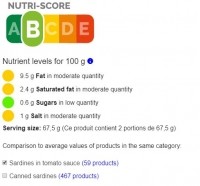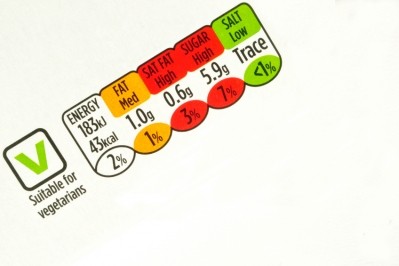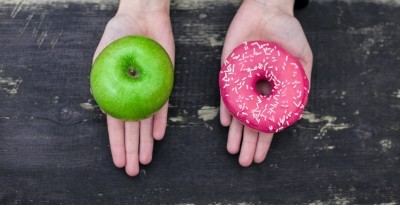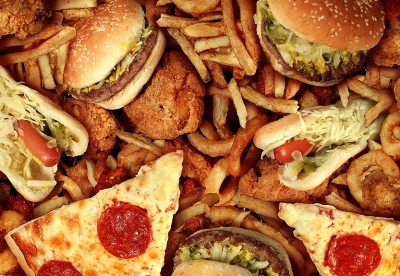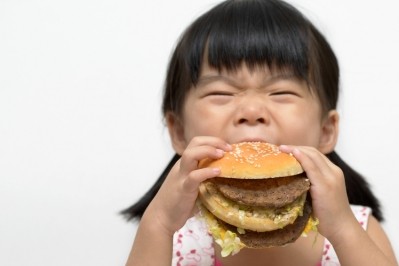Dutch supermarket app will recommend healthier products over unhealthy ones
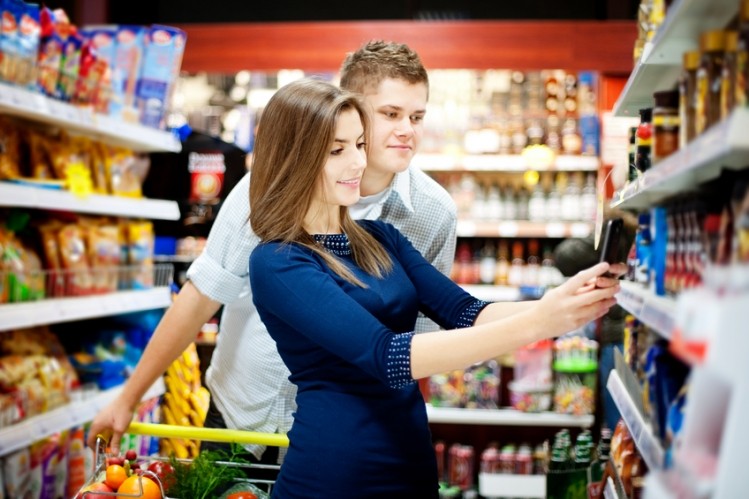
Launched this week, the app will help people navigate the information on a product’s small print as well as allowing the possibility to focus on particular nutrients, such as calories, carbohydrates or salt, the Nutrition Centre (VoedingsCentrum) said.
Consumers use the smartphone app, which is freely available for download, to directly scan a product barcode, manually type in a brand name or browse through product categories to find information.
The product comparison tool allows consumers to compare the nutritional profile of up to three chosen products, thus choosing the healthiest one

available. Product data on the app are updated daily and users can indicate which supermarkets they shop at so that private label brands from other retailers do not appear.
Most products on Dutch supermarkets shelves can be scanned with the app and the Nutrition Centre said it is trying to fill in the missing data. Some supermarkets such as Lidl have not provided any data.
The Nutrition Centre is mandated and fully funded by the Dutch government to promote healthy, safe and sustainable food choices without any commercial interest. Dutch state secretary for health, welfare and sport Paul Blokhuis said the app was “a wonderful asset for everyone who wants to eat healthier”.
“In the supermarket or at the breakfast table you can quickly and simply see with your mobile whether a product is the right choice for you and the people around you. Making healthy choices is one step closer for everyone,” he added.
The app will also say if a product is part of the Netherlands’ healthy eating programme ‘Schijf van Vijf’, or Disc of Five.
Similar to the Scandinavian region’s Keyhole scheme, the Schijf van Vijf is a form of positive nutritional profiling that rewards products with a positive effect on health.
Foods and drinks with too much salt, sugar, trans fat or saturated fat or too little fibre are not included. The inclusion criteria are tailored to each different food category.
This means that tinned vegetables are not included because the salt content is high and fresh vegetables are widely available. Tinned pulses, such as chickpeas or kidney beans, however, are included provided the salt content is below a given threshold.
Certain categories, such as sweets, biscuits, sugary drinks, alcoholic beverages and processed meats, are never included because the Health Council advises people to consume as little as possible of such products or for consumers to replace them completely.
If a consumer scans a product that is not within the Schijf van Vijf, the app will automatically recommend healthier alternatives or provide a link to a healthy recipe, although this function can be deactivated by the user.
"The app makes reading labels much easier and more fun. We hope to unleash a revolution in the supermarket,” said food safety expert at the Nutrition Centre Wieke van der Vossen. “Research shows that reading labels can contribute to a healthier diet.”
A distraction manoeuvre?
However, consumer group Consumentenbond has opposed the app as a "distraction manoeuvre" because, unlike on-pack labelling, it requires consumers to actively search for the information.
When plans for the app were announced in 2016, a spokesperson for industry watchdog FoodWatch said: “Surely most consumers will never use the app. [They won’t] have the right phone, like elderly people, or the group which could use the information the most, poorly informed people.”
A spokesperson for the Nutrition Centre told FoodNavigator: "The app can be used by anyone, it doesn’t matter if you are young or old."
However she added: "Our expectation is that the app will be primarily used by people who are already interested in food. We deliberately introduced this app
in the first week of January, because a lot of people have a positive intention to healthy eating."
Other initiatives
Similar apps already exist in other countries. Open Food Facts is a universal database with an accompanying smartphone app that collates nutrition information on product labels. It uses France’s official nutrition logo, NutriScore, to award products a colour.
In the UK, for instance, the FoodSwitch app contains nutrition information for over 100,000 packaged food and drinks sold across major UK supermarkets. Consumers scan the barcode of a product and instantly receive colour-coded nutritional information based on the UK’s ‘traffic light’ logo. The app then recommends similar, yet healthier, alternatives and users – there were 4,381 as of December 2016 – can filter results to home in on specific nutrients.
FoodSwitch is also regularly used by healthy eating campaign group Action on Sugar and Consensus Action on Salt (CASH), which were involved in its creation, to raise awareness over the often significant disparities in salt and sugar levels within a single category, such as pesto sauces or biscuits.
